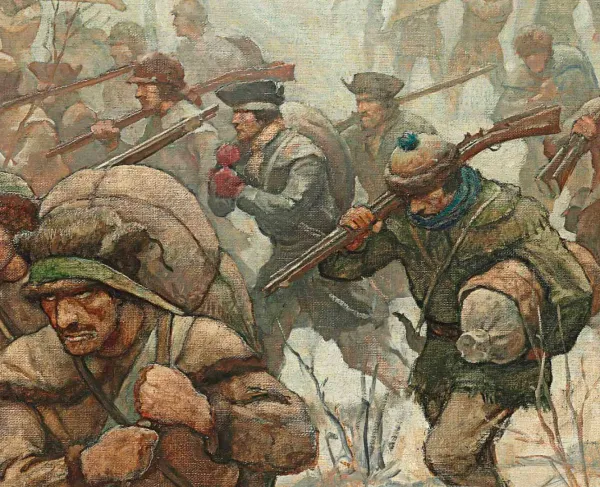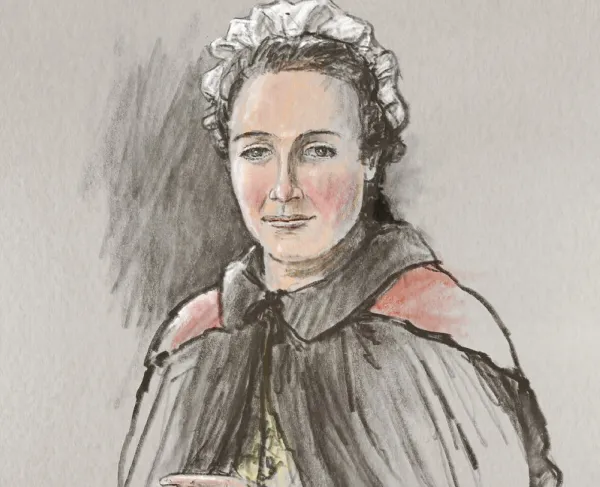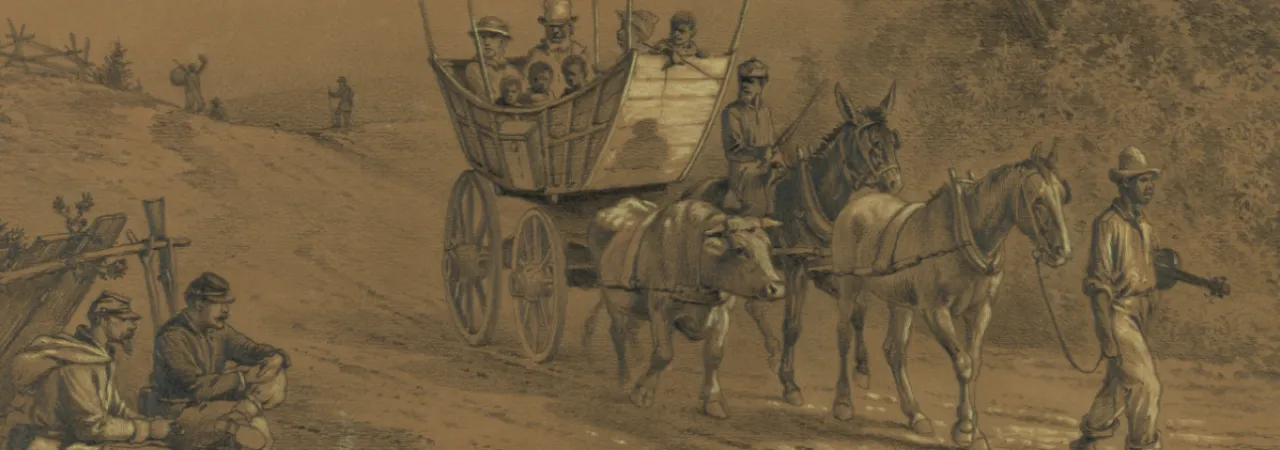
Self-emancipation was the act of an enslaved person freeing him or herself from the bondage of slavery. If allowed, the easiest way of self-emancipation was to pay your slaveholder for your freedom, which many tradesmen and urban slaves were able to do. There are several other stories of the various ways to escape enslavement but the most extreme was by death.
In the 19th century, the problems with slavery or the “peculiar institution,” as it was known in the South, led to a growing divide in this country. The result was the American Civil War. The states of the South listed in their secession documents that the protection and expansion of slavery was the reason for them leaving the United States. The many enslaved people escaping from slavery to the North and the Northern disregard of the Fugitive Slave Act of 1850 was a major disappointment to the southern states. The John Brown Harper’s Ferry Raid in October 1859 caused concern for all of the South because Brown wanted to initiate slave rebellions across the South. Since the Nat Turner slave rebellion in 1831, plantation owners were terrified of another large rebellion, especially one where a Northern white man was leading the revolt. Self- emancipation could add many angry formerly enslaved people to the ranks of those who would want to violently emancipate the remaining enslaved.
A few examples of self-emancipation would give you a much better explanation of the escape of a slave. Frederick Douglass, Harriet Tubman, Robert Smalls, and John Washington all escaped enslavement, three are very famous and one was an escaped enslaved man, who took advantage of a fortunate situation. First of all, the slave must have in his or her own mind that he wants to escape. Many had not been out of their plantation or region before and to escape meant traveling a long way to an unfamiliar place with unfamiliar people. It can be a very harrowing cultural experience for those who may not be literate or knowing the customs of where they were going.
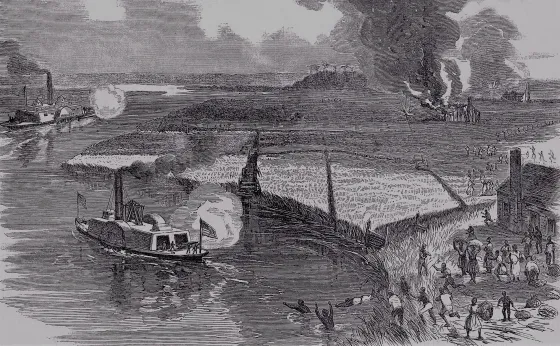
Frederick Douglass had been both a rural and an urban slave. He was taught to read and write, and he loved to read books about oratory or public speaking. While an urban slave in Baltimore, Maryland, he worked in a shipyard and had friends who were sailors. He acquired a friend’s papers and proceeded to escape. In September 1838, he dressed like a sailor and got on a train to Delaware, took a steamer to Philadelphia, and a train to New York. Although he had the help of acquaintances, he still had to endure the scrutiny of proving that he was a free man in his travels through the South into the North. He had to be extremely careful to everyone he talked with, one error and he could be taken by a slave trader. He could not fail this time as he did the first time that he tried to escape, he would have either been sold to the deep south or imprisoned or maybe killed. Douglass became the most important African American man in the 19th century and one of the greatest orators of his time.
Harriet Tubman, a sickly slave after she was injured by an overseer, when he threw a metal weight at someone else, but struck her head. She was about to be sold when she had planned an escape. Two of her brothers started with her in September 1849, however, they decided not to continue their escape. Harriet saw them safely home and then she proceeded to escape again, this time with the assistance of the Underground Railroad and made it to Philadelphia, Pennsylvania approximately 90 miles from her home in Dorchester County, Maryland. She made several trips back to the South and rescued her relatives and other enslaved people who wanted to be free. During the Civil War, she worked for the Union army as a cook, nurse and armed scout and spy. She was the first woman to lead an armed raid, the Combahee River Raid, and rescued over 700 enslaved people. She was called “Moses” by many of her people. She and Douglass met, and he helped her lead her escaped enslaved people from his house into Canada after the Fugitive Slave Act of 1850 was enacted.
Robert Smalls, an enslaved man who was related to his white slaveholder, made a daring escape to emancipate himself, his Black crew, and their families. At the beginning of the Civil War, he was hired as a crewman on the Confederate supply ship, the Planter. Both the United States and the Confederate States employed Black sailors—free and enslaved—from the very beginning of the war. Smalls learned everything he could about piloting the ship. On May 13, 1862, while the white officers and crew slept in Charleston, he and the other Black crew members brought their families on board the Planter. In the predawn hours, they took the ship through the harbor and navigated through all of the checkpoints – using the correct coded signals – and sailed to the Union blockade. They raised a white sheet to signal that he was surrendering the ship. He was awarded a cash prize for capturing the ship and went on a speaking tour recruiting African American men for the Union army. The remainder of his time was used as a Union Navy captain piloting the Planter and subsequently the ironclad USS Keokuk. After the war, he bought the McKee home, the home of his former slaveholder, and took in some of the McKee family who was destitute. He became a U.S. Representative to Congress from the State of South Carolina, as well as a state senator and state representative.
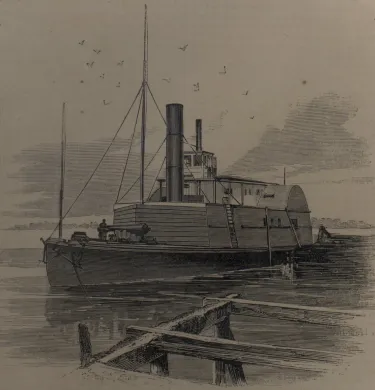
John Washington was an urban enslaved man in Fredericksburg, Virginia. He and his mother were both related to the slaveholder’s family. John knew both his white and Black family, he worked first for his mistress, then as he grew older, he was hired out. He worked at the tobacco company in Fredericksburg, a hotel in Richmond, and a hotel in Fredericksburg. He knew from the time that he was separated from his mother, when he was a child that he would self-emancipate. He could read and write, plus he knew the customs of white people and free African Americans since he had worked in the city. On Good Friday, April 18, 1862, the Union army chased the Confederates through the town of Fredericksburg. The owners of the hotel gave John the wages for all of the Black employees, then hurriedly left Fredericksburg. He paid the Black workers, poured them all a drink, then went to the rooftop to see the Union army. He went to see his mistress to help her leave Fredericksburg and she implored him to leave before the Yankees came into the city. However, John told her he was coming with her but left her as she was taken away. John went to the riverbank to converse with the soldiers and they sent a boat over to him and two other men. John was very light-skinned, and the soldiers had to ask him if he was a slave. John was sure of his freedom now and he hired himself to a Union officer as a manservant. He also scouted for the Union army before the Battle of Second Bull Run/Manassas. He then moved to Washington, DC as the Union army left Fredericksburg to go to Antietam. Many enslaved people escaped to the Union army when they were in close proximity. What made this escape so memorable was that in the four months the Union army occupied Fredericksburg, over ten thousand slaves escaped the area, making this one of the largest self-emancipations in the war. This occurred before President Abraham Lincoln issued the preliminary Emancipation Proclamation. In some cases, their owners begged them to stay but their freedom was more important to them. The Union army was probably the largest assistance provided for people who wanted to escape slavery.
Finally, there was a dark period of self-emancipation and abolitionism. After 1840, Frederick Douglass and Henry Highland Garnet started discussing Patrick Henry’s “Give me liberty or give me death!”, when discussing emancipation and slave rebellions. They advocated for enslaved people to fight to free themselves or commit suicide. Douglass and Garnet believed God would forgive the enslaved people who took their own lives instead of suffering enslavement. Some enslaved people actually took their own lives or were gunned down by their overseers or slaveholders because they simply refused to be slaves any longer. There were stories of escaped enslaved women when captured would kill their children as well as themselves, instead of going back into slavery. This is the extreme of self-emancipation when a slave actually preferred death than to serve another day in bondage. Self-emancipation meant that an enslaved person would take it upon himself or herself to escape slavery by living as a fugitive or by dying. This was the effect that slavery had on desperate people. Fortunately, most enslaved people did not use this option of self-emancipation.
Further Reading:
- A Slave No More: Two Men Who Escaped to Freedom, Including Their Own Narratives of Emancipation By: David W. Blight
- Frederick Douglass: Autobiographies By: Frederick Douglass and Henry Louis Gates
- A Brave Black Regiment: The History of the Fifty-Fourth Regiment of Massachusetts Volunteer Infantry 1863-1865 By: Capt. Luis F. Emilio
- Slavery and the Making of America By: James Oliver Horton and Lois E. Horton
- Battle Cry of Freedom: The Civil War Era By: James M. McPherson
- The Negro's Civil War: How American Blacks Felt and Acted During the War for the Union By: James M. McPherson

